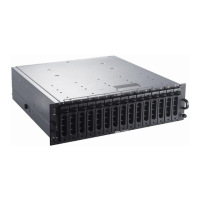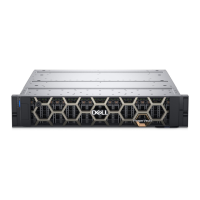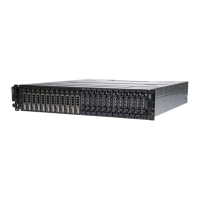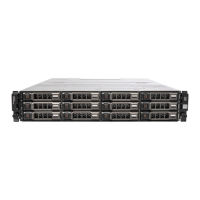A REFERENCE GUIDE FOR OPTIMIZING DELL™ MD1000 SAS SOLUTIONS VER A00
PAGE 30 5/06/2005
Table 11: OLTP RAID Guidelines
RAID Level
Application
Concatenated 0 1 10 5 50
OLTP
Recommended Not Recommended Possible
Recommended:
• RAID 10 – Since OLTP systems are critical for most business, this RAID configuration is
highly recommended due to the high availability and redundancy and good performance.
• RAID 5 – Recommended for OLTP servers that require maximum storage capacity and
moderate data protection and performance.
• RAID 50 – Recommended for those solutions that require a balance between storage
capacity and performance.
Possible:
• RAID 1 – Possible solution for situations which do not require high storage capacity.
Not recommended:
• RAID 0, Concatenated - These are not recommended due to lack of redundancy and data
protection.
Note: While these configurations are not recommended, they can be configured and utilized
File Servers
File servers can be used for file archival or more dynamic storage where files are changed, added
and deleted on a daily basis. These servers range from workgroup to the corporate level. Storage
capacity is a key attribute of these servers as users add more and more files. File servers are
generally not mission critical systems so lower levels of availability and redundancy are acceptable
as data is usually backed up and can be restored in a matter of hours.
Archival file server characteristics and recommendations:
Table 12: Archival File Server General I/O profile
I/O Profile
(Read/Write)
I/O Profile
(Sequential/Random)
Bandwidth
I/O
Size
Latency
Sensitivity
Growt
h Rate
Criticality
90/10 Sequential Moderate >64k High Varies Low
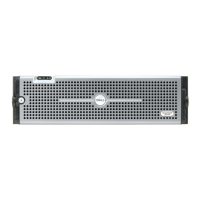
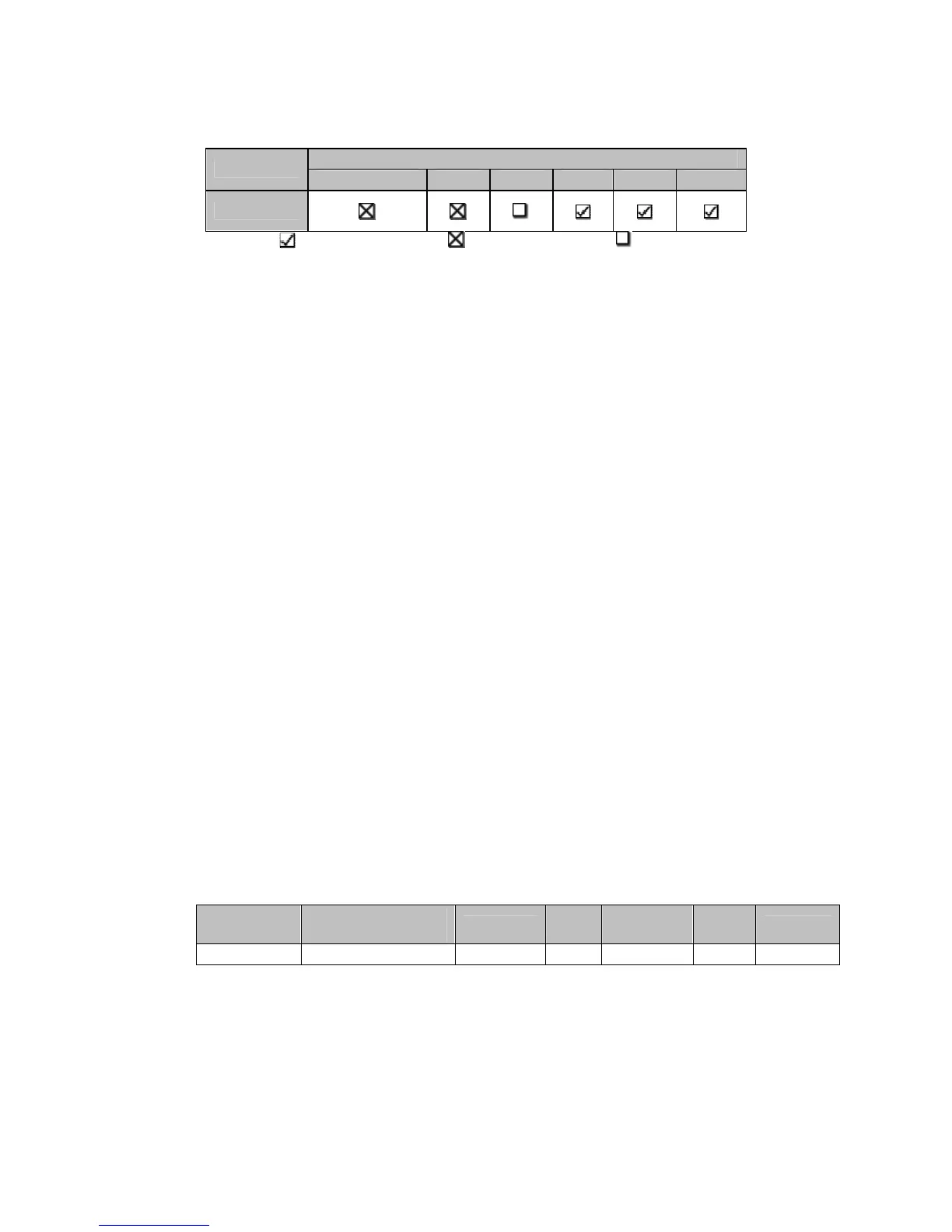